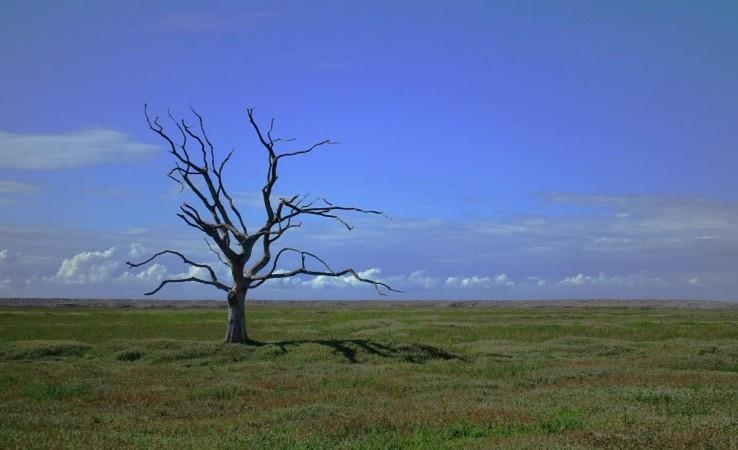The Union Territory of Jammu and Kashmir is among the five top states of India which is witnessing heatwaves and the situation in these regions is worsening with every passing day.
The early heat waves of 2022 that began on March 11 have impacted 15 Indian states and Union territories as of April 24, according to data from the India Meteorological Department (IMD). This data was analyzed by Down To Earth.
Rajasthan and Madhya Pradesh have suffered the most among the states, with 25 heatwave and severe heatwave days each during this period. Himachal Pradesh recorded 21 heatwaves, Gujarat 19, and Jammu and Kashmir 16.

According to data shared by the Centre for Science and Environment after Rajasthan and Madhya Pradesh, the mountainous state of Himachal Pradesh has been the most affected by heatwaves this year - with 21 heatwave and severe heatwave days.
One anomalous point in the IMD's data is that the weather agency has officially declared only one heatwave day for Odisha, even though temperatures higher than 40 degrees Celsius was recorded across the state on April 24.
A heatwave happens when the temperature of a place crosses 40-degree Celsius in the plains, 37-degree Celsius in coastal areas, and 30-degree Celsius in the hills.
The weather agency declares a heatwave when a place registers a temperature that is 4.5 to 6.4-degree Celsius more than the normal temperature for the region on that day.
If the temperature is over 6.4-degree Celsius more than normal, the IMD declares a 'severe' heatwave.
Impact of the heatwave in hilly areas
According to CSE, the unlikely impact of the current heatwaves would occur in the Himalayan regions of Himachal Pradesh, Jammu and Kashmir, and Uttarakhand which are not used to heatwaves and are not well adapted to the extreme temperatures.
"One major impact in these regions would be on the accelerated melting of glaciers due to extreme temperatures which are the main source of water for the people living there", the report said.

It is the impact of climate change
As J&K is witnessing an unprecedented increase in temperature during the last two years, environmentalists have blamed changing climate for the same.
In the first week of April this year, the temperature of Srinagar and Jammu was also the same. "It is a matter of concern as the temperature is increasing in the areas which usually witness pleasant weather in April," said Dr Vivak M. Arya, a scientist working in the field of climate change and natural resource management at Agriculture University, Jammu.
He said that the heatwave is largely due to human-induced activities. "Events of the heatwave are going to increase in the coming years," Dr Arya said, adding, "Climate change has a part to play in making this heatwave hotter and more likely the spell in coming years will increase."

Rabi crops impacted by heatwave
According to CSE report agricultural yields were badly impacted due to the heatwave. "The wheat crop in the current rabi season in Punjab, Haryana, and Uttar Pradesh has been impacted by heatwaves. Many farmers have reported losses between 20 and 60 percent in these states", the report said.
This happened because the heat waves were early this year and the temperatures affected the wheat plants during their growth stage, leading to shriveled grains which fetch lower prices in the market, resulting in losses.
"To reduce agricultural losses due to heatwaves, heat-tolerant varieties of wheat need to be developed. Similarly, heat-resistant varieties of other rabi crops also need to be developed", the report said.

















